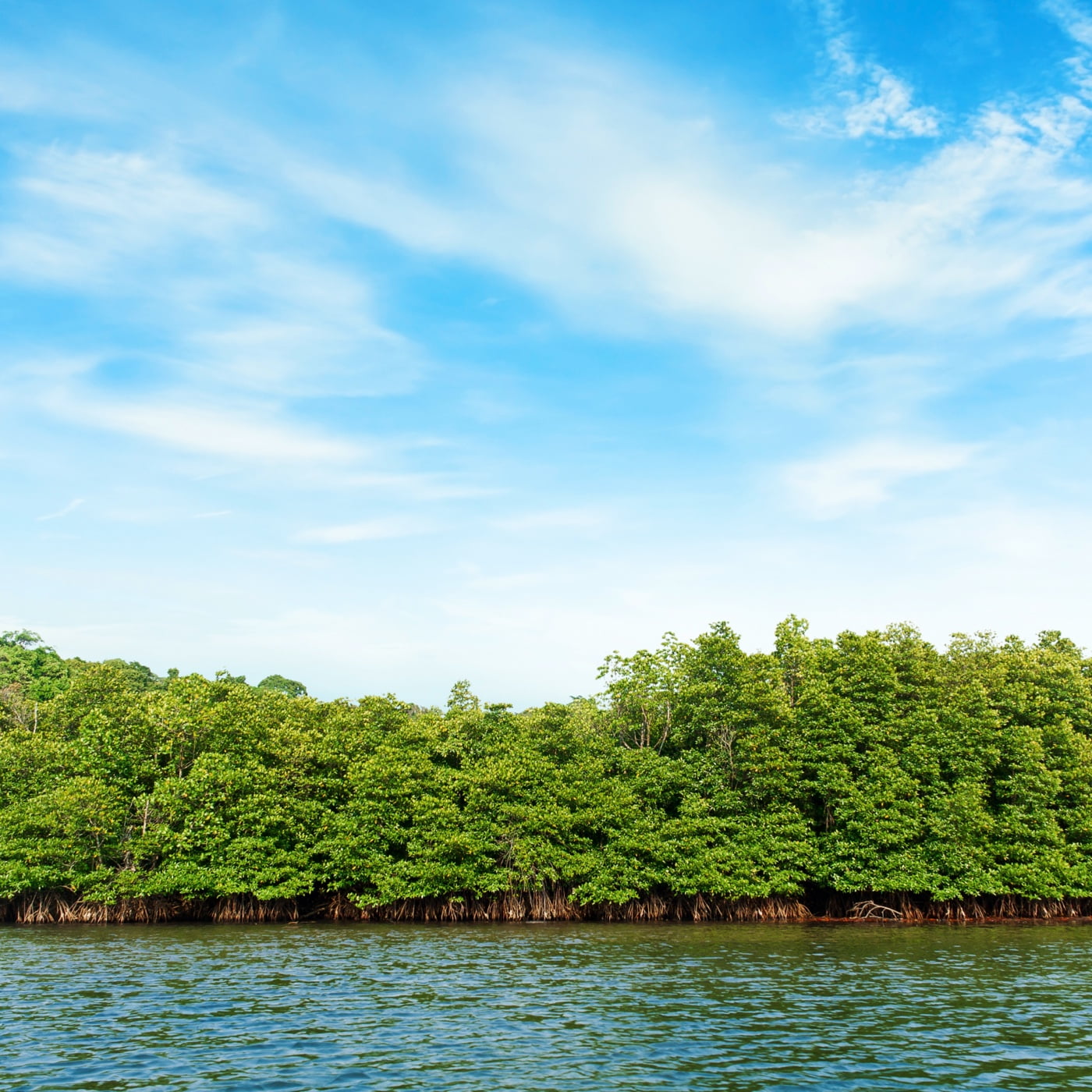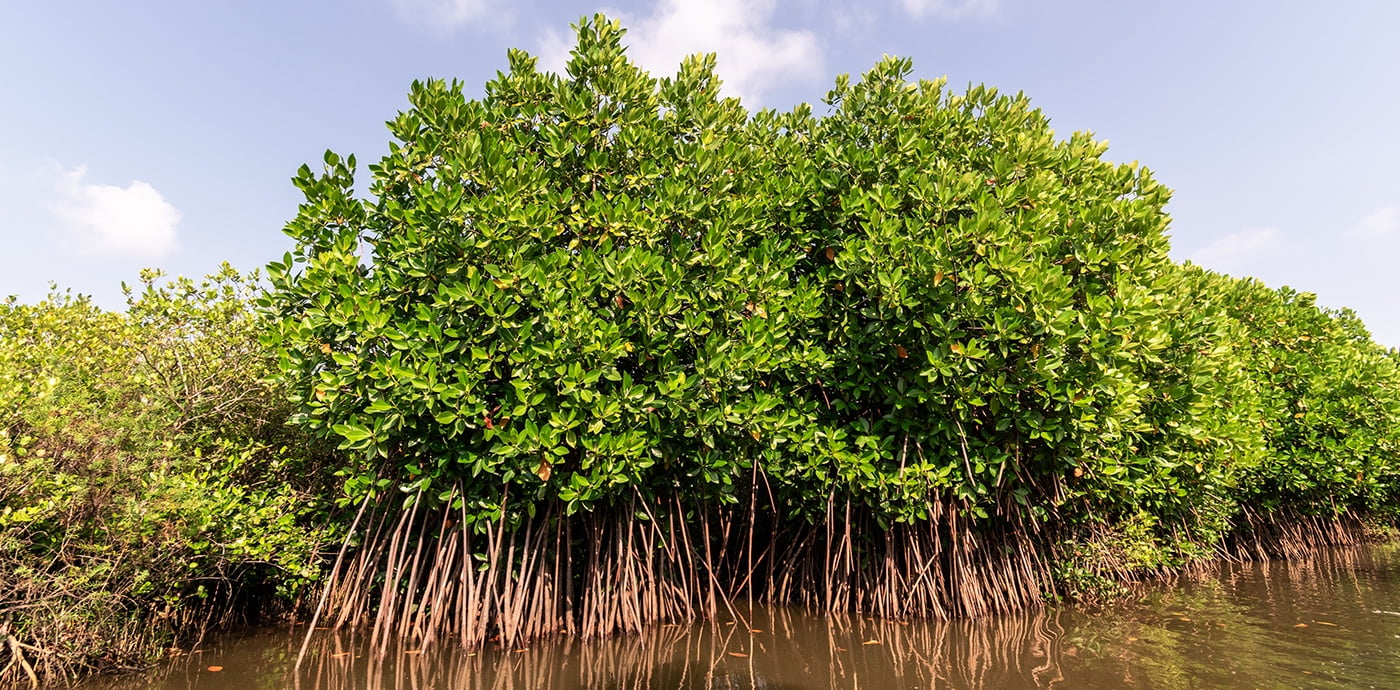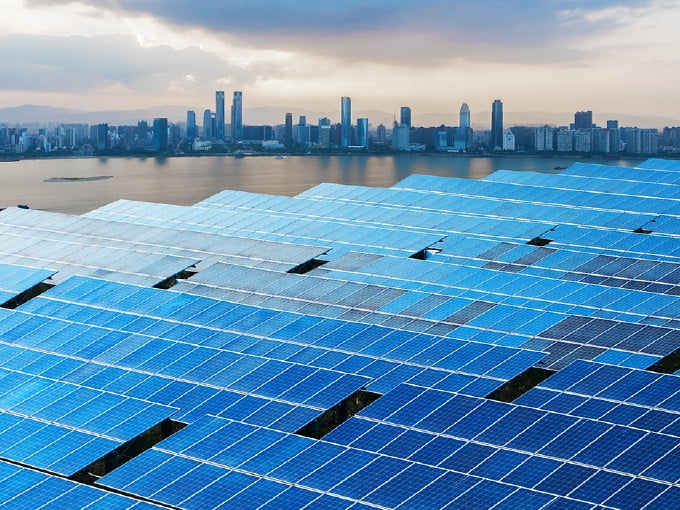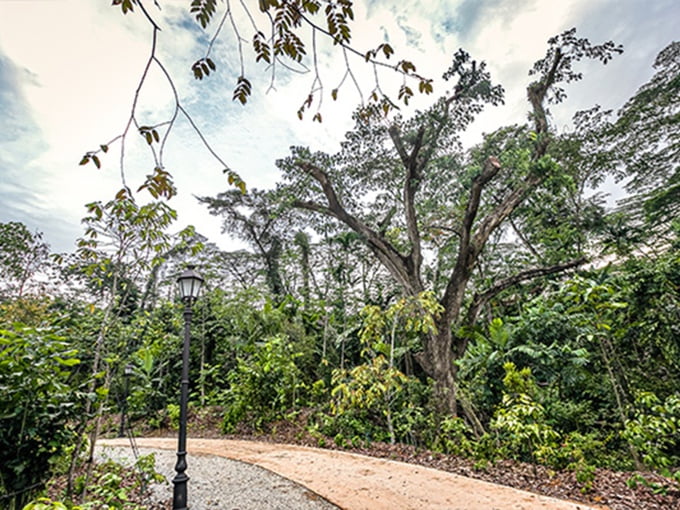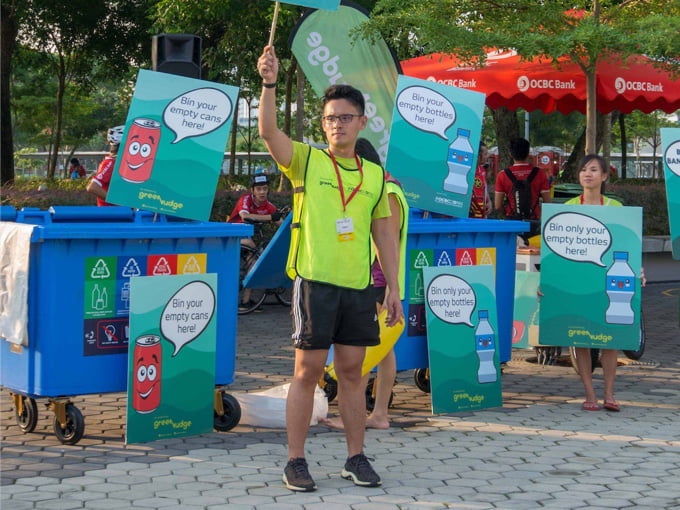Aside from carbon storage, some mangroves in Singapore can absorb more than 75% of the energy of incoming waves and protect our shorelines during storm surges. This helps to protect communities from threats associated with climate change, including worsening storms, rising sea levels, and coastal erosion.
A carbon depository for future generations
Trees are an important factor in our climate change efforts
From conservation of Dipterocarp trees at the OCBC Arboretum to the OCBC Habitat Enhancement Programme at Coney Island, we have been supporting carbon storage efforts.
Now, we will help grow 18,000 mangrove trees at the OCBC Mangrove Park in Singapore and the Tebuk Mendeleng mangrove project in Malaysia. These 18,000 trees can absorb more than 30 million kg of CO₂ in their lifetimes and protect our shorelines against erosion and storm surges.
Singapore’s first large-scale ecological mangrove restoration site
This area was previously natural mangrove terrain that was converted into aquaculture ponds in the 1990s to facilitate farming activities. These were eventually abandoned in 2001, leaving the land unused. Through restoration, the land’s natural carbon storage abilities can be realised once again.
The Ecological Mangrove Restoration method relies on a self-sustaining ecosystem with minimal human intervention, to allow the mangroves to propagate naturally. This method will help enhance the long-term resilience of mangrove habitats and can increase Singapore’s capacity for carbon sequestration. Work is estimated to be completed by end 2026 with around 8,000 mangrove plants that will naturally take root at the site.
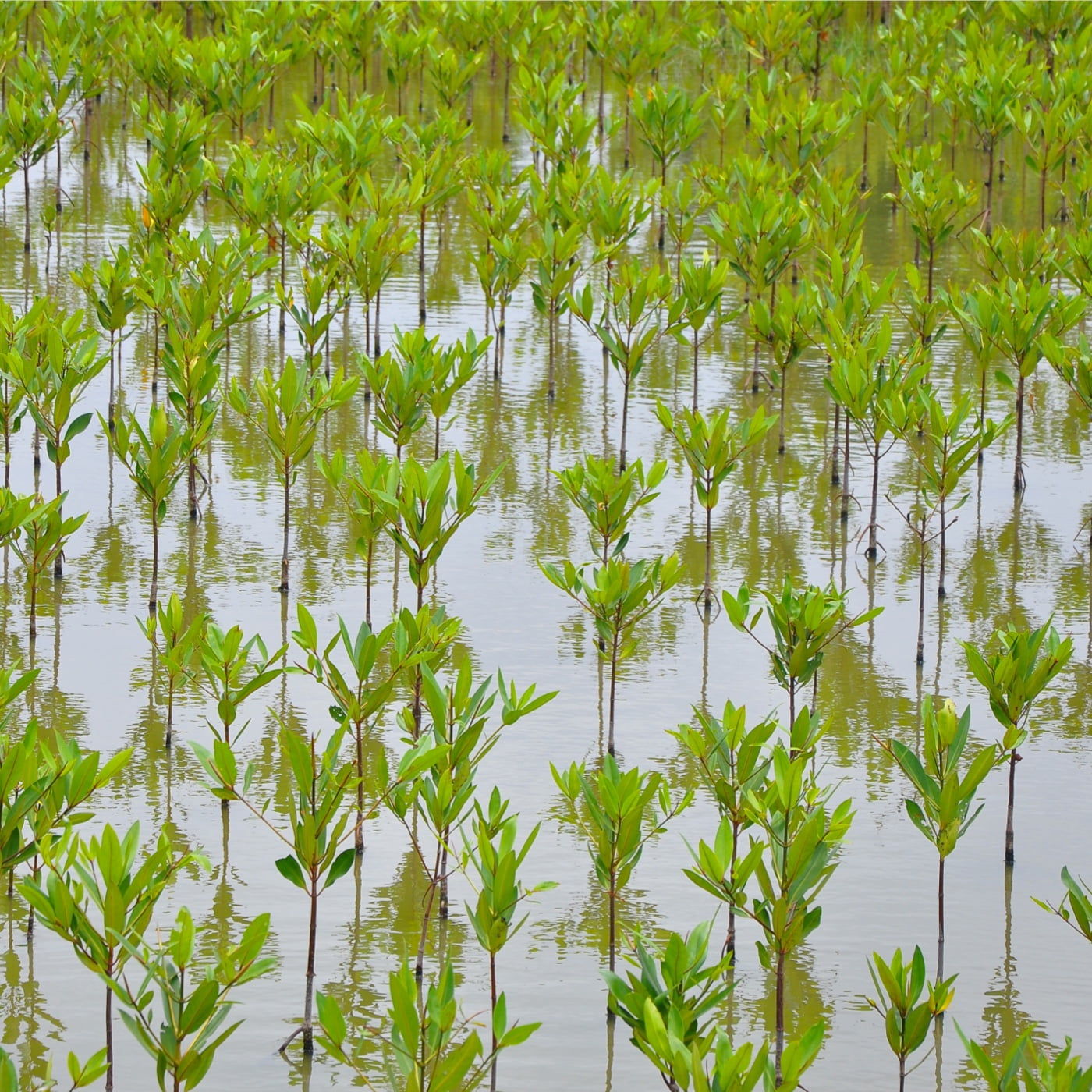
Why mangrove restoration matters
Studies show that the storage of carbon in plants and surrounding soil can help mitigate and prevent emissions from contributing to the heating of our planet.
